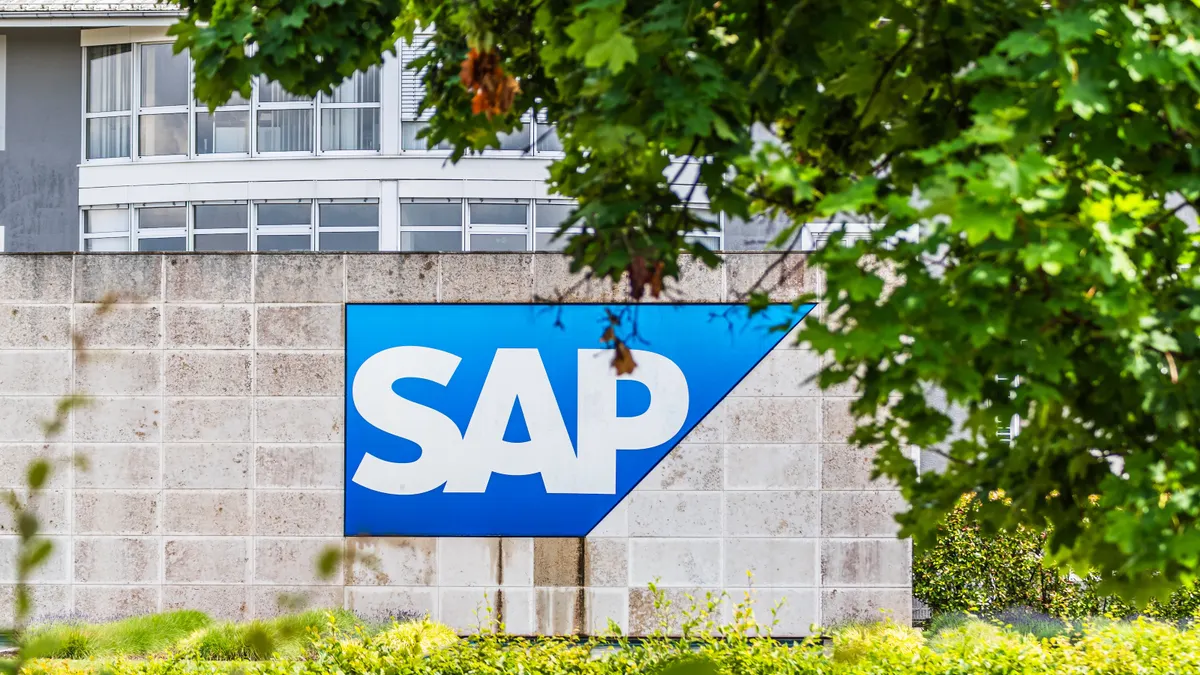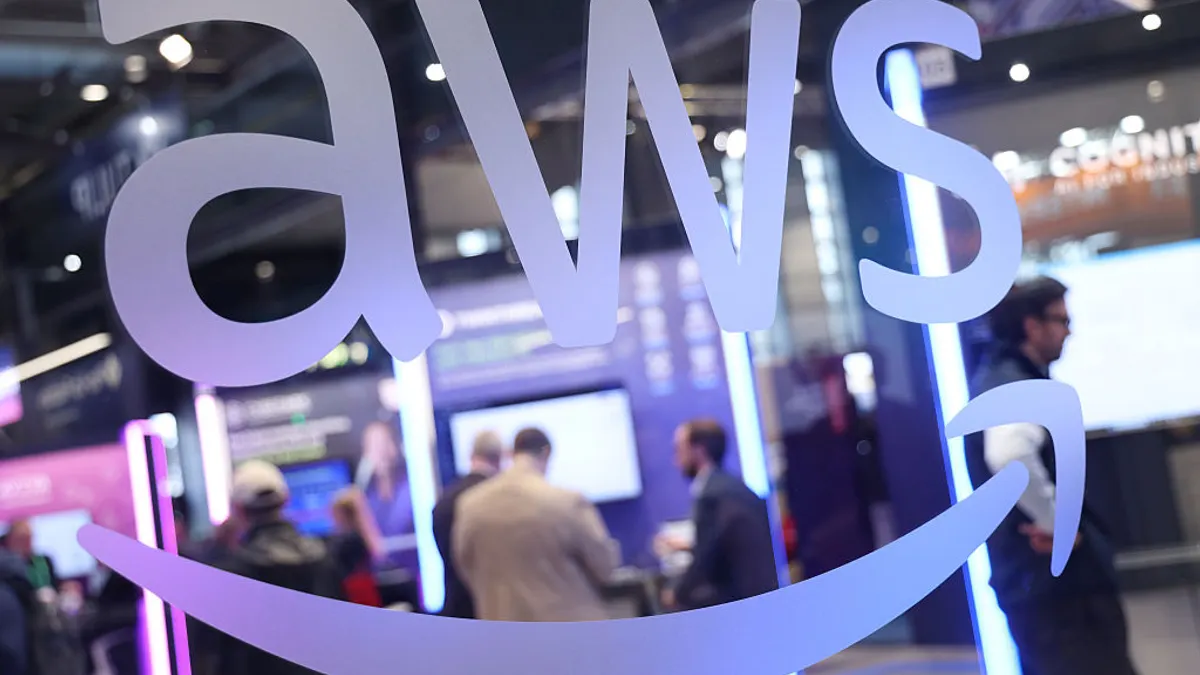The coronavirus pandemic has bulldozed previously-established spending intentions — the message from CFOs is to cut costs. Technology savings require a nip here, a tuck there, reducing usage where possible.
With revenues down and timeline for a return to normalcy hazy, companies are concerned about cash flow. But bills will still come due from cloud service providers.
The cloud revamped the balance sheet, shifting technology acquisition from a capital to operational expenditure. If a company uses more storage, it would see an increase in its monthly bill.
The inverse is also true: Less usage equates to a smaller bill.
Cloud computing resources aren't an easy cost to turn off. Companies rely on the technology to maintain operations. More than 20% of enterprises spend upwards of $1 million each month on the cloud, according to the Flexera 2020 State of Cloud Report, released Tuesday. In the next 12 months, companies expect to grow cloud spend 47% on average.
Companies are 23% over budget on average, according to Flexera, which surveyed 750 cloud decision-makers and users. Respondents estimate they're wasting 30% of cloud spend.

Companies want to better manage their cloud spend and that's become more important with pressure from COVID-19. But usage is going up in response to the outbreak: 57% of almost 200 respondents to Flexera's question expect higher than planned usage.
"Cloud [infrastructure as a service] is the exception to the rule in the IT spend world in that, in this recessionary environment, we expect that all IT spend categories are either going to stay flat or decrease for the rest of the year," Hyoun Park, CEO and principal analyst of Amalgam Insights, told CIO Dive.
"For cloud, there's no way to cheat," he said. Companies require more computing because they're not relying on on-prem resources and need to support remote employees.
The challenge is it's hard to forecast what is needed. Cloud usage expectations formulated at the beginning of the year are dated. Requirements have changed.
Companies need to benchmark what usage looks like from mid-March until now and extrapolate whether their usage goes up or down, Park said.
The bill comes due
Managing cloud spend is a concern for 79% of cloud decision-makers and users, according to the survey of 750 cloud decision-makers and users. For 73% of experts, optimizing cloud use for cost savings is a top cloud initiative this year.
If some organizations are tight on cash, paying a bill can be daunting. But there's not as many options as in other categories of technology.

On the software side, a company can go to a vendor and ask them to cut back on minimums from a licensing perspective. Companies could also lower spend by extending contracts 12-24 months, Park said.
There is some financing flexibility on the hardware side. Hewlett Packard Enterprise Financial Services is offering $2 billion to help customers finance technology. Cisco is allocating $2.5 billion in financing.
Conferencing solutions and software solutions are also providing extended free trials and offerings. But the IaaS industry doesn't seem to be cutting any major deals right now, Park said.
Cost-savings come in all shapes and sizes. In some cases, companies just have to know where to look.
There is a "lack of awareness" around what options are available, Stephanie Radlick, management consultant at Pace Harmon, told CIO Dive. Whether it's cash flow needs or assistance migrating workloads, the consulting firm is encouraging its clients to approach their cloud account representatives to navigate their concerns.
Companies have cloud contract levers they can press, Radlick said:
-
Commitment: In normal times, paying up front or committing is a way to get discounts. If a company is going to fall short on commitments this year, it can work with the account team to extend the overall contract.
-
Payment terms and timing: It all depends on the account team and the size of the account, but companies might be able to negotiate a waiver on paying a bill for three months if they have cash flow issues.
-
One-time credits and incentives: Companies can work with CSPs on deals in exchange for migrating workloads to the cloud.
Certain companies are going to have more clout with the CSPs — the "bigger the company, the bigger the leverage," Radlick said.
Readily available options
Part of the complexity of managing cloud spend stems from architectures. Flexera found 93% of enterprises have a multicloud strategy.
In large organizations, different departments can have system preferences. Marketing might turn to Google Cloud while supply chain could lean on AWS.
Companies are getting better about automating policies to mitigate rising cloud costs, such as shutting down workloads after hours or eliminating inactive storage, Flexera found.
But companies are not fully leveraging cloud spend to earn discounts from CSPs.
For AWS workloads, only 30% of companies use Savings Plan and 53% rely on Reserved Instances, which allows companies to commit to a certain amount of resources and capacity at a lower cost than on-demand service. In Azure, only half of companies operate under an enterprise agreement and 43% of respondents lean on Google's committed use discounts, according to Flexera.
While CSPs offer discounts, use is not pervasive
| AWS discount type | % used | Azure discount type | % used | Google discount type | % used |
|---|---|---|---|---|---|
| AWS Reserved Instances | 53% | Enterprise Agreement | 51% | Committed use discounts | 43% |
| AWS Spot Instances | 38% | Azure Reserved Instances | 43% | Ad hoc negotiated discounts | 18% |
| AWS EDP | 37% | Azure Hybrid Benefit | 30% | ||
| AWS Savings Plan | 30% | Azure Low Priority VMs | 24% | ||
| Ad hoc negotiated discounts | 20% |
SOURCE: Flexera 2020 State of the Cloud Report
Those agreements can come with a hitch. The companies that have made commitments to unlock cloud discounts may be stuck, Kim Weins, VP of cloud strategy at Flexera, told CIO Dive in an interview. Whether it's Reserved Instances or Savings Plan from AWS or an enterprise agreement through Microsoft Azure, certain contracts require companies to pay for negotiated capacity, even if they didn't use it.
The negotiated enterprise discounts require companies to make a broader commitment with a CSP, signing on to a certain amount of service in exchange for a discount, Weins said. If a company's business has fallen off, it may not need that capacity.
Vendors are not blind to the cost concerns of their platforms. All the major CSPs have cost management tips, recommendations on how to optimize and free offerings.
Amid the pandemic, "we are actively working across a number of dimensions to help them manage costs," an AWS spokesperson told CIO Dive.
No matter the vendor, the burden to manage costs ultimately falls on the customer. "Most companies are still struggling to put in place the practices and the processes to really manage this spend effectively," Weins said. "We're still in the early days of that."
The best bet for companies is optimization first, commitments later, she said. Companies "need to think optimization, not just discount."




















